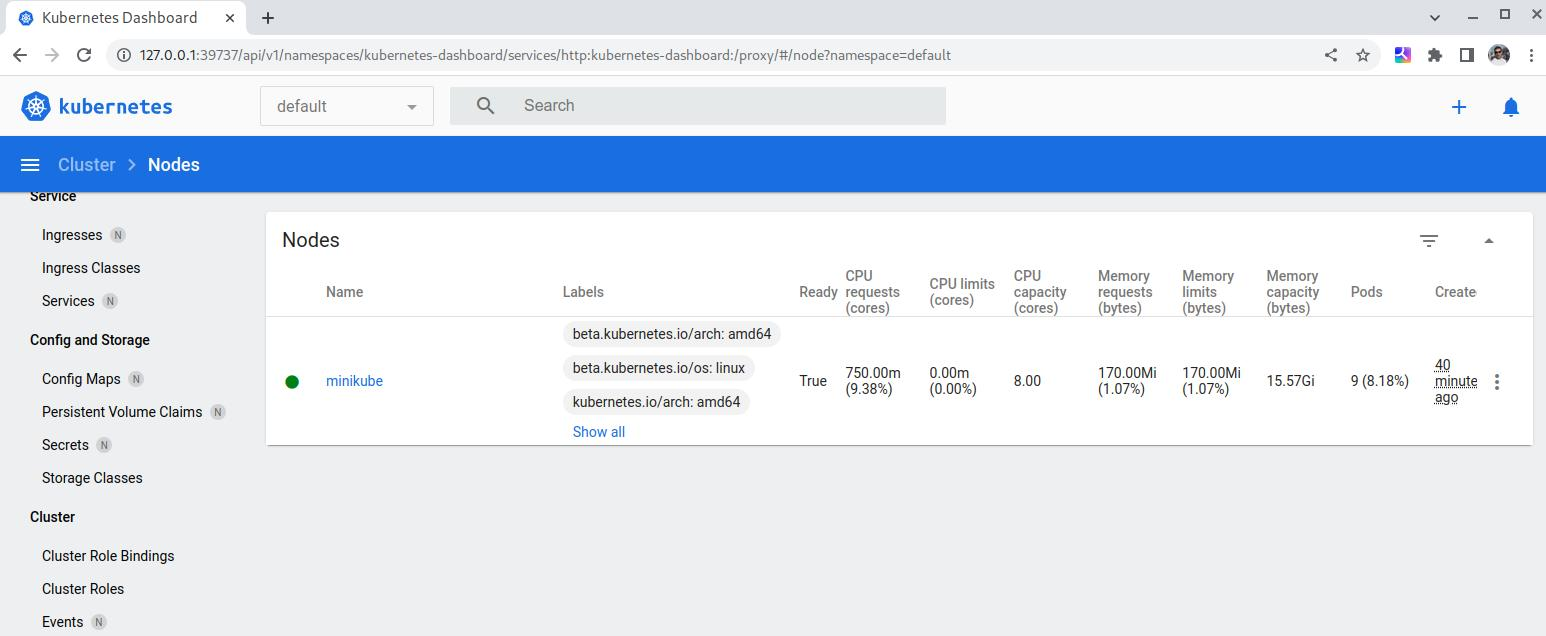Article about Minikube a local kubernetes
Intro#
minikube is local Kubernetes, focusing on making it easy to learn and develop for Kubernetes.
Lets start by installing the minikube package.
NOTE: This example is targeting a Arch distribution, if you use a different linux flavor check the Official Docs for other install options
sudo pacman -S minikube
The following command will setup a docker environment with a kubernetes environment that you can use for development/testing purposes
minikube start
In order to interact with Kubernetes one can use the provided kubectl command upon starting this environment with the following command
minikube kubectl -- get pods -A
One should get something like this
NAMESPACE NAME READY STATUS RESTARTS AGE
kube-system coredns-787d4945fb-zv72d 1/1 Running 0 10m
kube-system etcd-minikube 1/1 Running 0 10m
kube-system kube-apiserver-minikube 1/1 Running 0 10m
kube-system kube-controller-manager-minikube 1/1 Running 0 10m
kube-system kube-proxy-7p9qw 1/1 Running 0 10m
kube-system kube-scheduler-minikube 1/1 Running 0 10m
kube-system storage-provisioner 1/1 Running 1 (10m ago) 10m
I will install kubectl package however to allow interaction with other clusters if required.
sudo pacman -S kubectl
We should get the same output by executing
kubectl get po -A
One can check the cluster details with following command
kubectl cluster-info
You should get something similar
Kubernetes control plane is running at https://192.168.49.2:8443
CoreDNS is running at https://192.168.49.2:8443/api/v1/namespaces/kube-system/services/kube-dns:dns/proxy
To further debug and diagnose cluster problems, use 'kubectl cluster-info dump'.
Minikube is also bundled with Kubernetes Dashboard which you can launch with the following command
minikube dashboard
You would get something similar to the following image:

Great now we have a Kubernetes cluster running in docker and kubectl command available.
For a more extensive guideline on how to manage Minikube please checkout the handbook
Next steps would containerize some application and deploy it.
But that would be for another article…